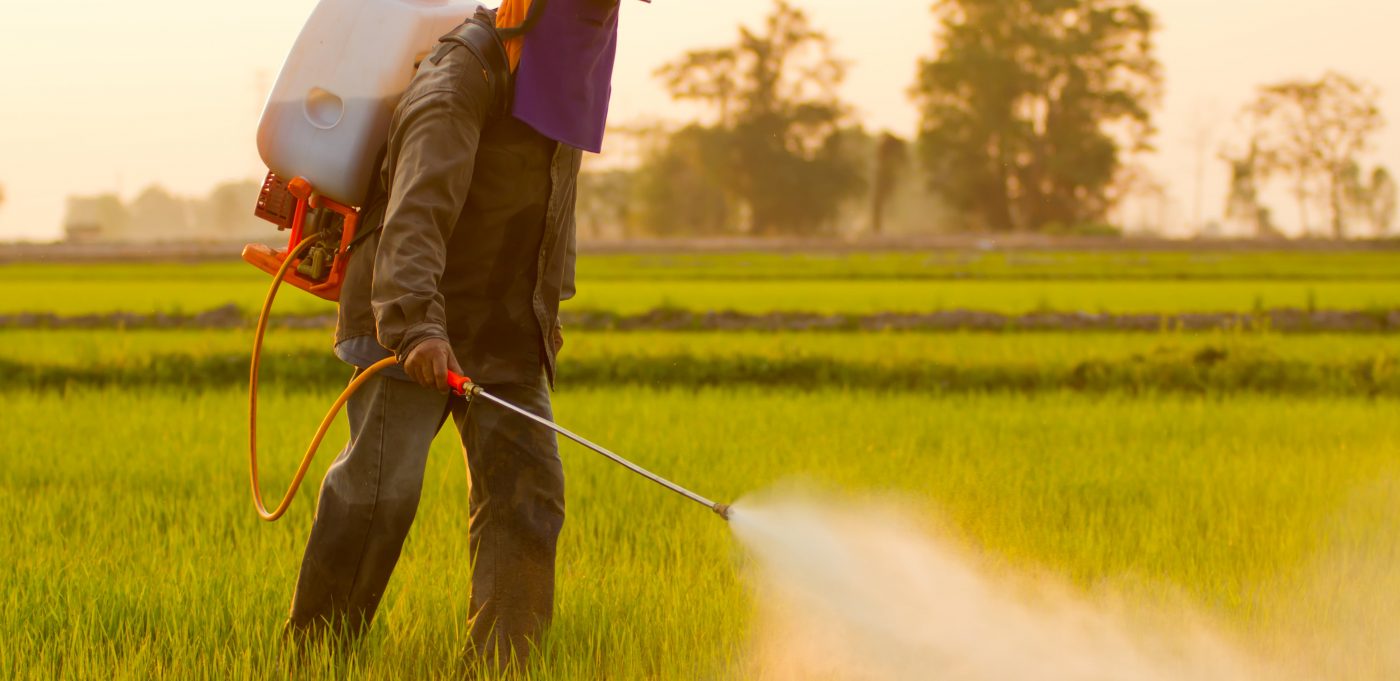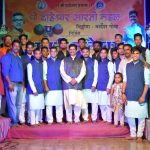SUUHAS TENDDULKAR
The adoption of agriculture by early humans is seen as a major turning point in the establishment of civil society. For the hunter gatherers of the early days, farming was an easier way to produce and store food over longer times.
After the advent of the industrial age, modern agricultural science felt that nature was quite unorganized and wasteful and agriculture needed human intervention to evolve into a high efficiency system in line with the efficiency focus of the industrial age. So with a single focus on productivity, the scientists went about perfecting the system. Early research focused on plant nutrition, soil chemistry and crop damage. Fertilizers replaced traditional mixed cropping methods that fixed nutrients in the soil naturally. Insects, pests had no place in the new lean-mean scientific ethic. Abandoning traditional insect and pest management strategies, scientists went about concocting more potent formulations that were found to be extremely effective simply because they were toxic and were meant to kill. Petroleum based chemical industry further increased the reach, potency and efficacy of this research and the chemical dish emerging from this was hailed as a vindication of the scientific method and of the chemicals and fertilizers industries.
All was well. The new methods brought in record productivity. However, there was also a grave danger resulting from this victory. As early as mid 40s, concerns were raised about the use of synthetic pesticides. In a path breaking book ‘Silent Spring’, published in 1963, Racheal Carson suggested that the effects of the insecticides/pesticides (mainly DDT) went beyond just killing insects and that the chemicals could travel up the food chain and eventually affect humans. This was the first book to question the claims of the modern agrochemical industry and it helped in spawning a revolution by making the regulators and general public take note of the harmful effects of synthetic chemicals. One result of the new awareness was that many chemicals were put on the banned list over time. However, the industry was always swift on its feet and well-connected to introduce replacements before phase out of the ‘phased-out’. Unfortunately, even today, there is hardly any change; we are still fighting the chemical overkill.
Federal approvals for use of new chemistries are scientifically vetted by representatives of industries that produce these chemistries. Even at the ground level, farmers are encouraged to use more than the permissible doses for years on end. The effects are clearly visible in the horrific stories we hear about the toxicity of the food we eat. Credible studies found that the level of pesticides/harmful chemicals in most of the common vegetables and fruits in the country is more than 50-100 times the permissible limit. Chemical control of agriculture is resulting in unmitigated and unregulated use of poison in our diet. And our children’s diet!!
Not that there is no answer to the problems we are facing. There is a natural way of farming available to those who want to seek alternatives. A postmodern critique of modern agricultural science is pointing out that nature already had effective solutions to many of the problems that we solved through scientific rigour and chemical experimentation. While science was micromanaging chemistries and physics, nature was super-managing ecology and biological life. All the problems that we magnified and tried to control had a role to play at a much larger interlinked level and the overall system was extremely efficient at an ecological scale that was unfathomable to the scientific understanding or human comprehension.
A similar view was echoed by Masanobu Fukuoka in the seminal book, ‘The one straw revolution’. The book engendered a revolution in agriculture and the ‘do nothing farming’ endorsed by Fukuoka in his farm not only questioned the use of chemicals for agriculture but went on to question the millennial old agricultural practice of tilling the soil. On his farm in the Ehime prefecture in Japan, Fukuoka did the impossible by matching the yield from best managed conventional farms without using synthetic chemical and without tilling the land. The simple method adopted by him on his farm involves spreading winter crop seeds on the ground, while the rice is standing. A few weeks later rice is harvested and the rice straw is spread over the fields. The same exercise is repeated for the rice crop. There are other techniques, unique to his farming, including the broadcast of clover seeds and the passive weed management through crop rotation. The book which documents his views and philosophy in addition to his experience with farming is considered the foundation of the natural farming movement.
Today, in nearly every country, an alternative natural farming movement is underway. In India, states like Himachal Pradesh, Madhya Pradesh, Kerala, Karnataka, Maharashtra, Gujarat and Sikkim already have formulated organic farming policy. In mid-January this year, Sikkim became the first organic state in India.
For Goa, natural farming offers a huge opportunity with the potential to create base level employment and parallel tourist culture and also supporting the government’s health objectives. It is only a matter of bridging the intention gap at the policy and individual level.
This is what I will plan to do next week. The second part of this article will closely look at what the state can do to support Natural Farming through policy, regulatory changes and individual engagement.



























